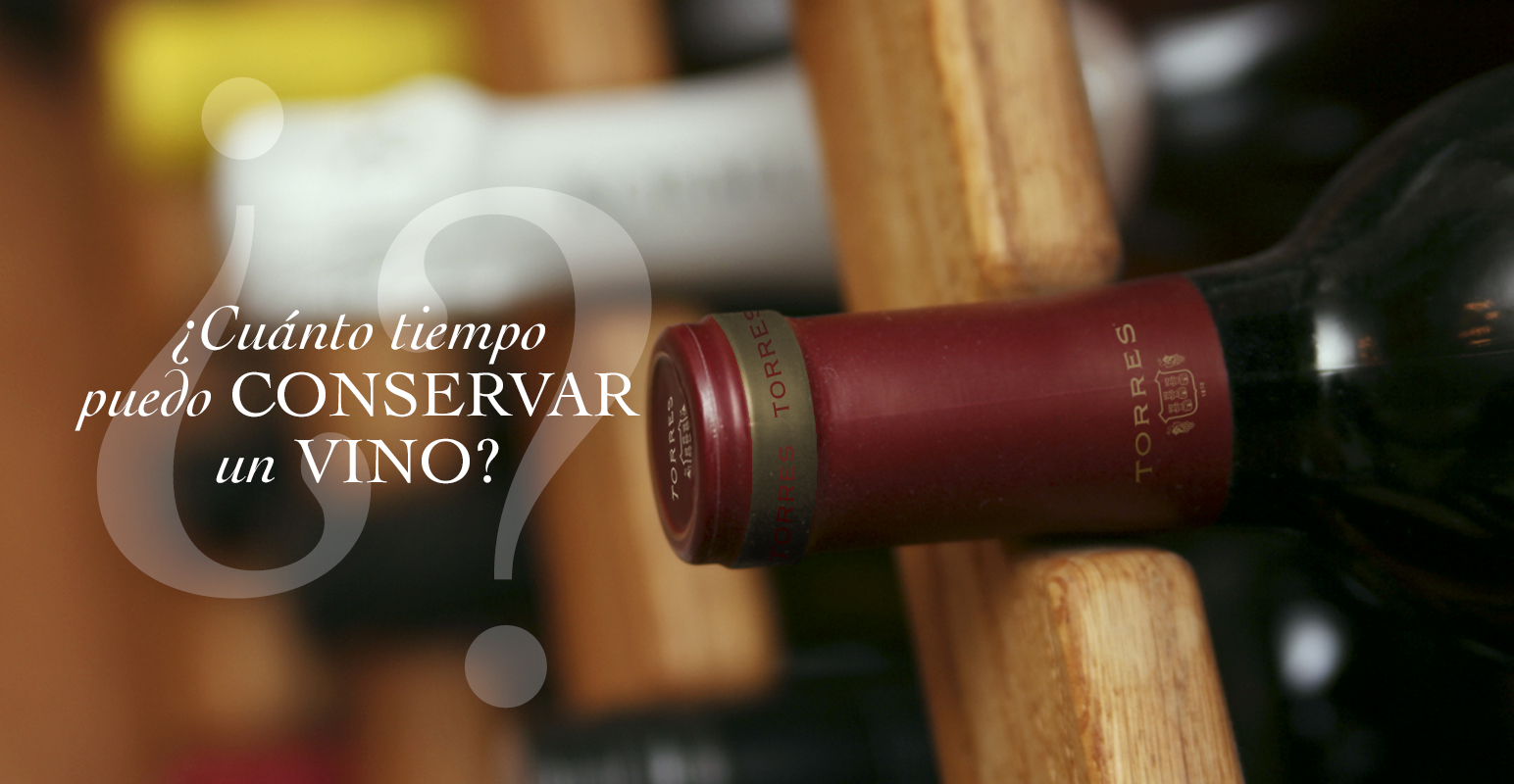How long does a wine last?

How long can I store a wine?
Wine lovers often ask us how long they should keep a bottle, whether it is cellar worthy, and which factors determine its longevity and how well it will age over time.
But...why age wine at all?
Many wines reach a state of perfect symbiosis when the varietal notes blend with the cocoa, vanilla, coconut, coffee or smoked notes imparted by oak aging. Not only do the tannins become smoother and rounder, but the wine also comes into its own as a complete and complex whole.
Given the absence of oxygen in the bottle, fresh fruit flavors give way to those of ripe or cooked fruit, as well as herbaceous and animal notes (mushroom, leather).
SIDE NOTE: French oak is more expensive than American oak. It gives the wine subtle flavors of toast, dried fruits, as well as having smoother tannins. By contrast, American oak offers sweeter flavors (coconut and vanilla), but the tannins are harsher.
How does oak aging affect the flavor of wine
Varieties and wine styles
The first thing to keep in mind is that not all varieties are well suited to long aging. Some of them reveal their finest qualities in fresh, young wines.
Varieties and regions that can potentially improve with age
- Cabernet Sauvignon
- Tempranillo (some)
- Monastrell
- Malbec
- Sangiovese
- Syrah
- Douro reds (Portugal)
- Bordeauxs (whites/reds)
- Super Tuscans
- Barolo
- Rioja (Reserva)
- Priorat
- Burgundy Pinot Noir (France)
- Chardonnay
- Champagne
Varieties and regions ideal for young wines
- Merlot
- Garnacha (red/white)
- Gamay
- Chenin Blanc
- Sauvignon Blanc
- Gewürztraminer
- Pinot Gris
- Chardonnay
- Albariño
- Beaujolais (southern Burgundy, France)
- Lambrusco
- Cava (1–3 years)
SIDE NOTE: Good acidity is essential in determining whether a wine will age well. This is why many of the most cellar-worthy wines come from cooler climates and vineyards located at higher elevations.
Enological factors for excellent aging
A solid structure will allow a wine to evolve gradually and successfully...but what exactly do we mean by the structure of wine?
A closer look at structure
A wine's structure consists of perfectly balanced acidity, tannin structure, and alcohol level.
Let's see:
- Acidity:
In order for wine to evolve properly, it needs moderate/high acidity. This makes for a lively, nervy wine. If it activates your salivary glands, voilà!
- Tannins (reds):
Moderate to high tannin levels (excessive or very green tannins can be unpleasant in the mouth) guarantee that the fruit will develop complex nuances, plus adding body to the wine.
- Alcohol level:
Very few cellar-worthy wines are excessively high in alcohol. A balanced alcohol level (ABV of 12% to 14%) ensures proper oxidation without damaging the wine.
Bodegas Torres wines that withstand the test of time...
Here are some of our most long-lived and cellar-worthy wines and vintages that are currently available:

Our recommendation
Buy three bottles of the same wine for an excellent (and educational) way of exploring how it evolves over time. Open one bottle the same day of your purchase and taste it. Open the second one 18 months later. Taste the third one after about 3 to 5 years.
It is useful to keep a wine tasting journal in which you jot down the differences so you can remember them later on. Think of it as a journal that monitors how the wine evolves as it ages. This will allow us to figure out the moment when the wine is at its absolute prime.
Related Content
Oxidative aging, reductive aging
